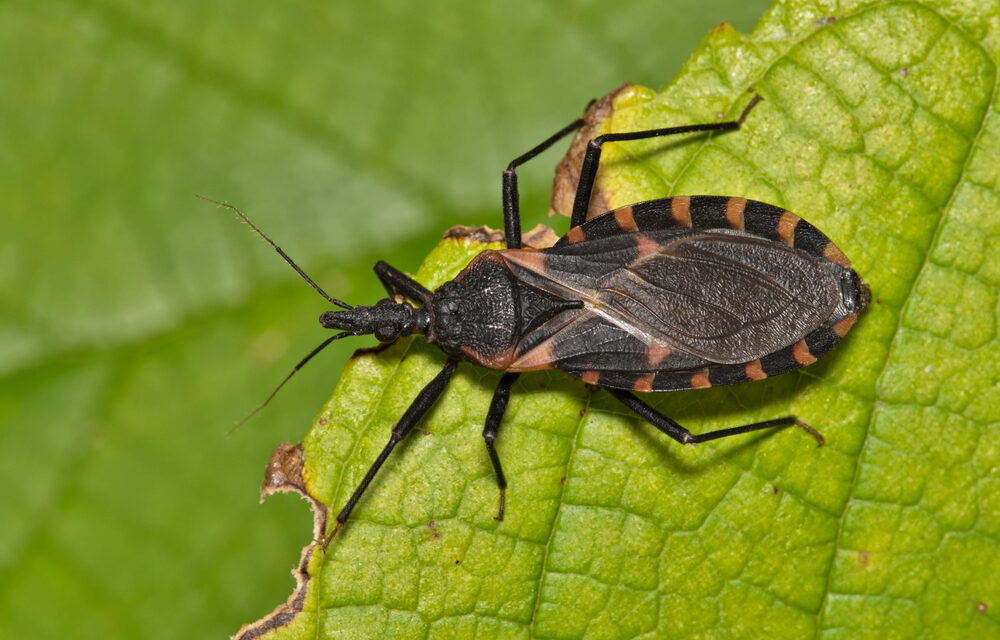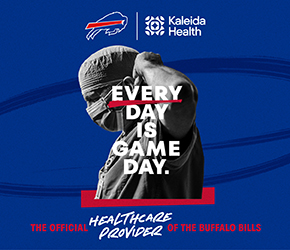Chagas Disease: The Essential Illness Few Know About

By Annette Pinder
According to the U.S. Centers for Disease Control and Prevention, the “kissing bug disease” is actually Chagas disease, caused by the parasite Trypanosoma cruzi. An estimated 280,000 people in the U.S. are infected with Chagas disease. While many cases originated from high-risk areas in Central and South America or Mexico, cases are now emerging in California, Texas, Arizona, and other states.
Chagas spreads when a kissing bug (or triatomine bug) bites a person or animal to feed on their blood. After biting, the bug deposits the parasite in its feces. If feces containing the parasite enter a cut in the skin or are rubbed into the eyes or mouth, the person can become infected.
Peter Hotez, MD, an expert on neglected tropical diseases including Chagas, notes that the disease can start with flu-like symptoms but may also stay dormant for years. Symptoms might include fever, fatigue, a rash, or swelling at the bite or eye site (known as Romaña’s sign). If untreated, the infection can cause serious, long-term cardiac and gastrointestinal problems, such as an enlarged heart, heart failure, or digestive issues. Describing Chagas as one of the most important infections people have never heard of, Dr. Hotez and others are calling for improved surveillance and better access to treatments for this chronic, disabling disease.
To prevent Chagas disease, the CDC recommends avoiding sleeping in buildings made of adobe, mud, or thatch where bugs are common, and sealing cracks and holes at home to keep bugs out. Contact a healthcare provider if you’ve been in close contact with kissing bugs in endemic areas or if a family member has the infection.











